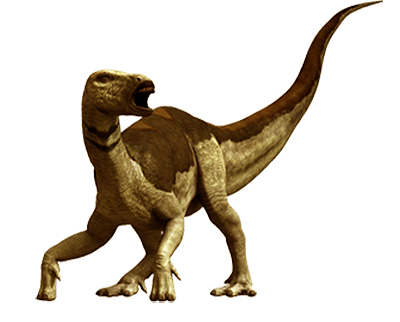 The predatory dinosaurs had to kill to stay alive, and they developed different methods and weapons for efficient hunting. Once they had moved in for the kill, they would have used teeth, claws, and powerful jaws to dispatch their victims. Small carnivores generally relied on speed and agility to capture their prey, but when the target was a big dinosaur, such as Tenontosaurus, they may have attacked in packs.
The predatory dinosaurs had to kill to stay alive, and they developed different methods and weapons for efficient hunting. Once they had moved in for the kill, they would have used teeth, claws, and powerful jaws to dispatch their victims. Small carnivores generally relied on speed and agility to capture their prey, but when the target was a big dinosaur, such as Tenontosaurus, they may have attacked in packs.
This hunter wielded a large, sickle-shaped claw on the second toe of each foot. Experts think that Deinonychus held its prey with its hands and jaws, and slashed at its victim with one razor-sharp claw until the unfortunate creature was dead.
The more intelligent predatory dinosaurs may have stalked their prey, waiting to pounce in a moment of weakness. A lone herbivore, such as this Iguanodon, would have been at risk from stalkers such as Neovenator. To attack a dinosaur in a herd, the stalker might have separated a weaker animal from the group before moving in for the kill.
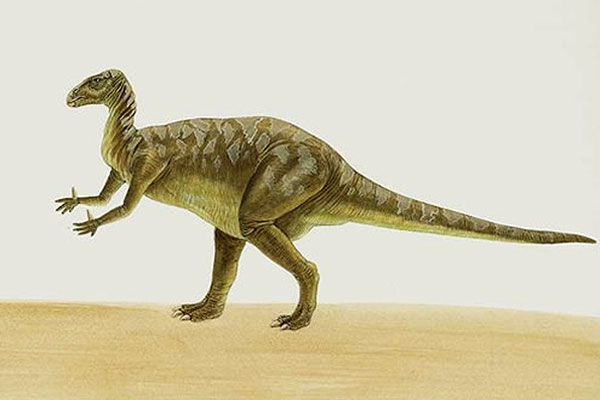
Iguanodon
The large predator’s ultimate weapon was its jaws. They were massive and incredibly powerful. Specially designed “windows” in the skull made it lightweight without losing strength. Allosaurus’s jaws were flexible, allowing it to open its mouth wide enough to swallow huge mouthfuls of flesh – perhaps even an entire creature.
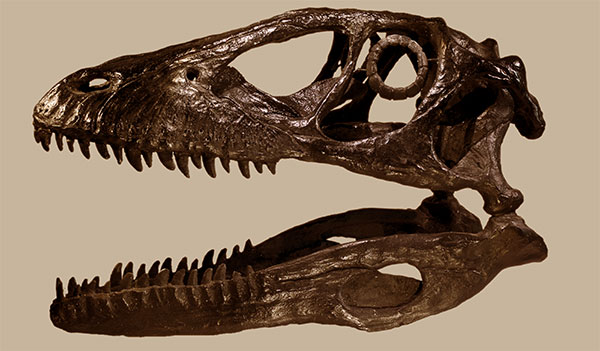
Allosaurus Skull
Predatory dinosaurs such as T. rex had teeth that curved inwards. These were designed to give the predator a better grip on its victim. The angle of the teeth prevented an animal from struggling while the dagger-like points pierced its flesh. If a dinosaur lost a tooth in battle or in an accident, a new one grew to replace it.
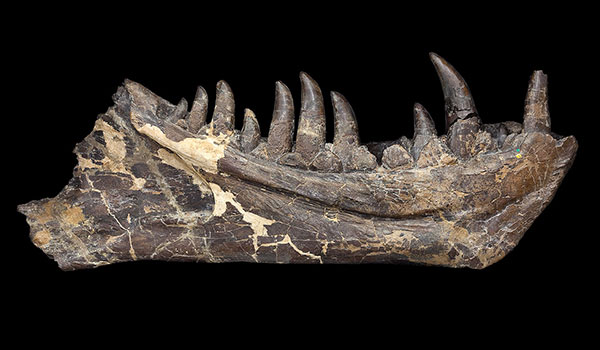
Tyrannosaurus Jaw
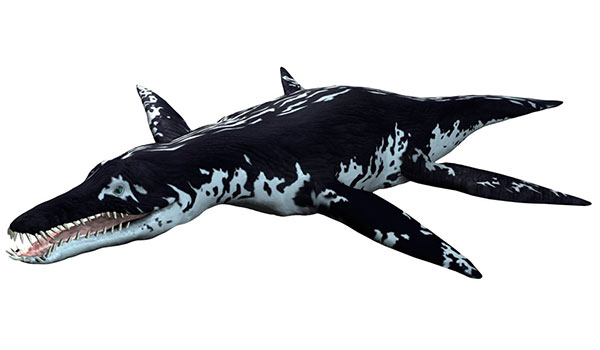
Liopleurodon